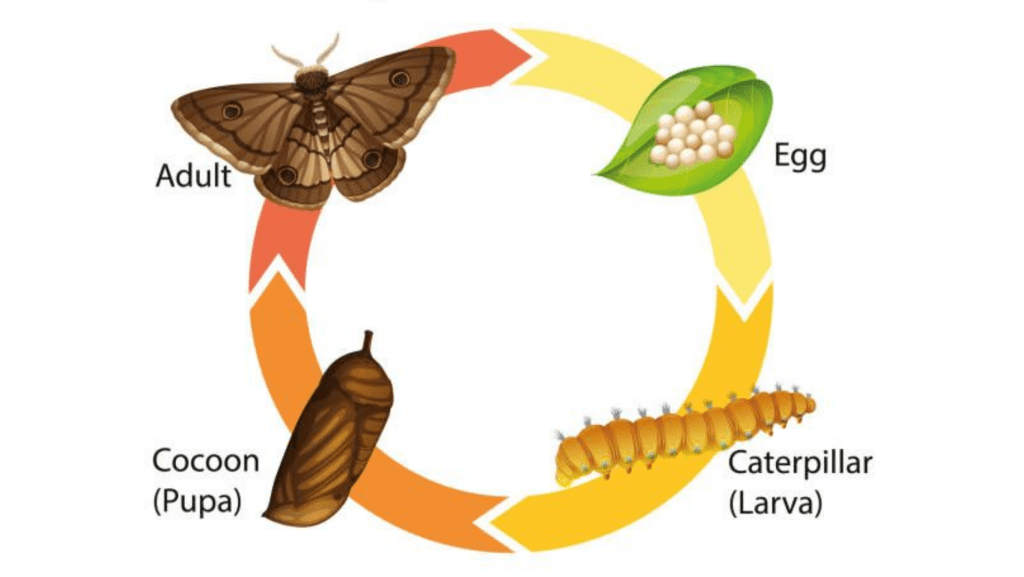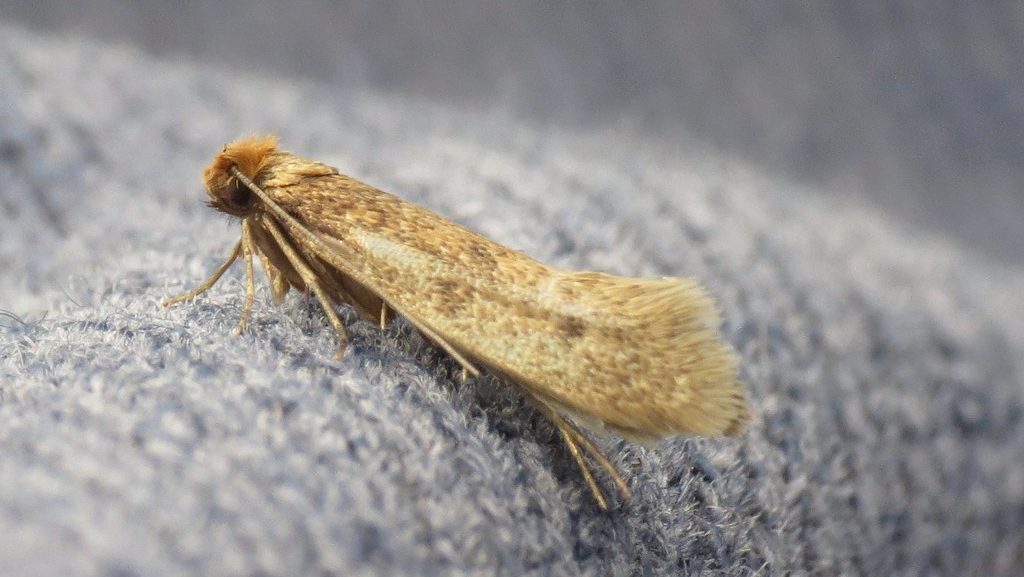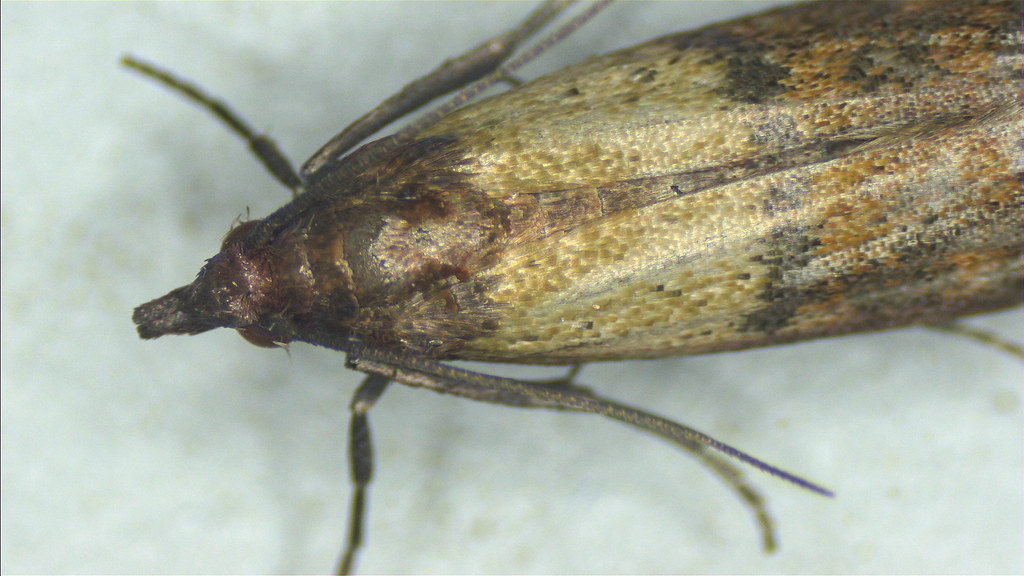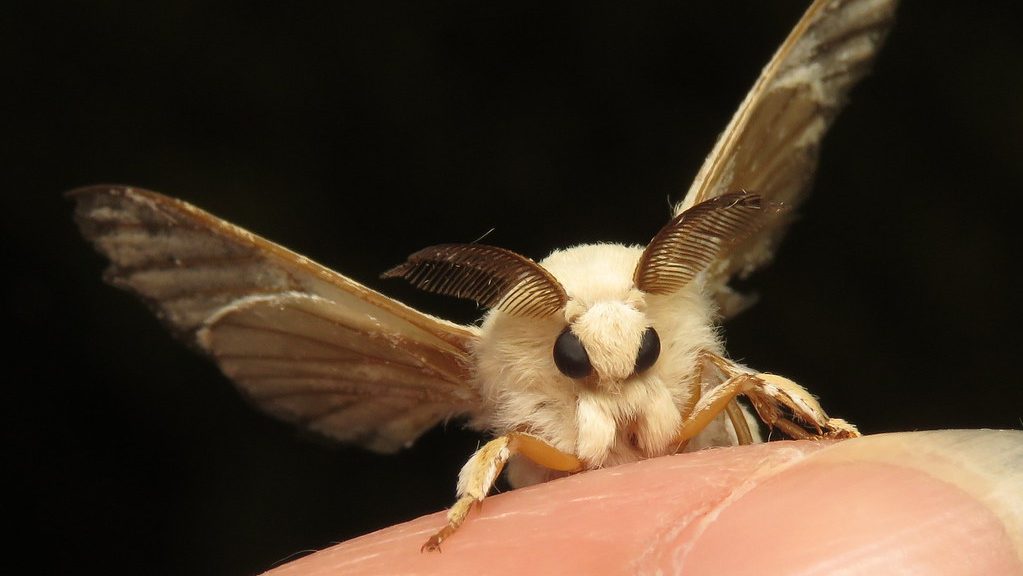Moths are interesting creatures that play an essential role in our ecosystems, serving as pollinators and food sources for other animals. However, their presence in homes, especially as pantry or clothes moths, can become a nuisance. Moths usually live for two to six months, depending on their species and environmental conditions.
Understanding moth lifespan is crucial for effective pest management and prevention. In this article, we will learn more about moth lifespan, focusing on how long moths can live, how long adult moths live, and how long moths can live without food.
If you suspect a moth infestation, you are advised to contact pest control professionals. Our team can provide a customized approach to protect your home effectively.





 Visit our Species, Control, and DIY Guide sections for additional resources on moths and ways to tackle a moth infestation.
Prevention techniques might not be enough if you’re already dealing with a moth infestation in your home. Our pest control professionals provide a customized solution to protect your home effectively.
Visit our Species, Control, and DIY Guide sections for additional resources on moths and ways to tackle a moth infestation.
Prevention techniques might not be enough if you’re already dealing with a moth infestation in your home. Our pest control professionals provide a customized solution to protect your home effectively.
The Life Cycle of Moths
To understand how long moths live, it’s important to know their four life stages: egg, larva, pupa, and adult. Each stage plays a key role in the moth’s development, with the larva stage being the most damaging to clothes, food, and fabrics. Let’s understand each stage in detail :
Egg
The egg stage starts when female moths lay eggs on surfaces like clothes, stored food, or plants, depending on the type of moth. Clothes moths lay their eggs on wool, silk, and natural fabrics, while pantry moths target food like grains, nuts, and cereals. Eggs typically hatch within 4 to 10 days, but cooler weather can slow down this process.Larva
The larva stage is the longest and most destructive part of a moth’s life. The larvae, also known as caterpillars, hatch from the eggs and immediately start eating. Clothes moth larvae feed on fabrics like wool, silk, and fur, while pantry moth larvae eat dry foods like grains, nuts, and cereals. This stage can last from a few weeks to several months, depending on the type of moth and the environment. Larvae are the ones responsible for holes in your clothes and food contamination.Pupa
The pupa stage is when the larva stops eating and forms a cocoon to transform into an adult moth. Inside the cocoon, the larva becomes a pupa, and this stage can last from a few days to several months, depending on the species and the temperature. If the weather is cold, the pupa may stay in its cocoon for a longer time. Once it’s ready, an adult moth breaks out of the cocoon.Adult
The adult stage is the final stage of a moth’s life. Adult moths focus only on reproduction. Unlike larvae, many adult moths don’t eat. Instead, they find a mate and lay eggs to start the cycle again. Clothes moths live for about 15 to 30 days, pantry moths live for 1 to 2 weeks, and silk moths live for only 5 to 7 days. Adult moths look for ideal places to lay their eggs, often on fabrics or food supplies.How Long Do Adult Moths Live?
The lifespan of adult moths varies significantly depending on the species. Here’s a closer look at the lifespans of some common moth species:

Not getting a solution?
Get your free pest control estimate today!Cloth Moths
Adult clothes moths don’t eat but lay eggs on natural fibers like wool, silk, and fur. Larvae cause fabric damage.
Pantry Moths
Adult pantry moths live near food sources like grains and nuts, laying eggs. Larvae infest stored foods.
Silk Moths
Silk moths live for 5–7 days as adults, focused on reproduction. They don’t eat but rely on larval energy reserves.How Long Can Moths Live Without Food?
One of the most common questions about moths is, how long can moths live without food? The answer depends on the moth’s life stage: Moth larvae are highly resilient and can survive for up to 2 weeks without food. However, prolonged starvation can stunt their growth and delay their development. Since many adult moths do not eat, they rely on energy stored from their larval stage. Without access to food, some species can still live for 1-2 weeks, while others may only survive for a few days.How to Prevent Moths in Your Home
Moths can damage clothes and contaminate pantry items if not controlled.Simple Tips to Prevent Moths
-
Store clothes in airtight containers.
-
Use cedar or lavender sachets as natural repellents.
-
Seal dry foods in airtight containers.
-
Clean shelves with a water-vinegar mix.
-
Discard infested food items immediately.
Myth vs. Fact About Moth Lifespan
Here are a few myths and facts about moths and moth lifespan:| Myth | Fact |
|---|---|
| All moths eat fabric. | Many adult moths don’t eat at all. |
| Moths live for months. | Adult moths live for days to weeks. |
| Moths need food to survive. | Larvae can survive weeks without food. |
| Adult moths grow larger over time. | Moths grow only during the larval stage. |
| Moths are active year-round. | Moths are more active in warmer months. |





